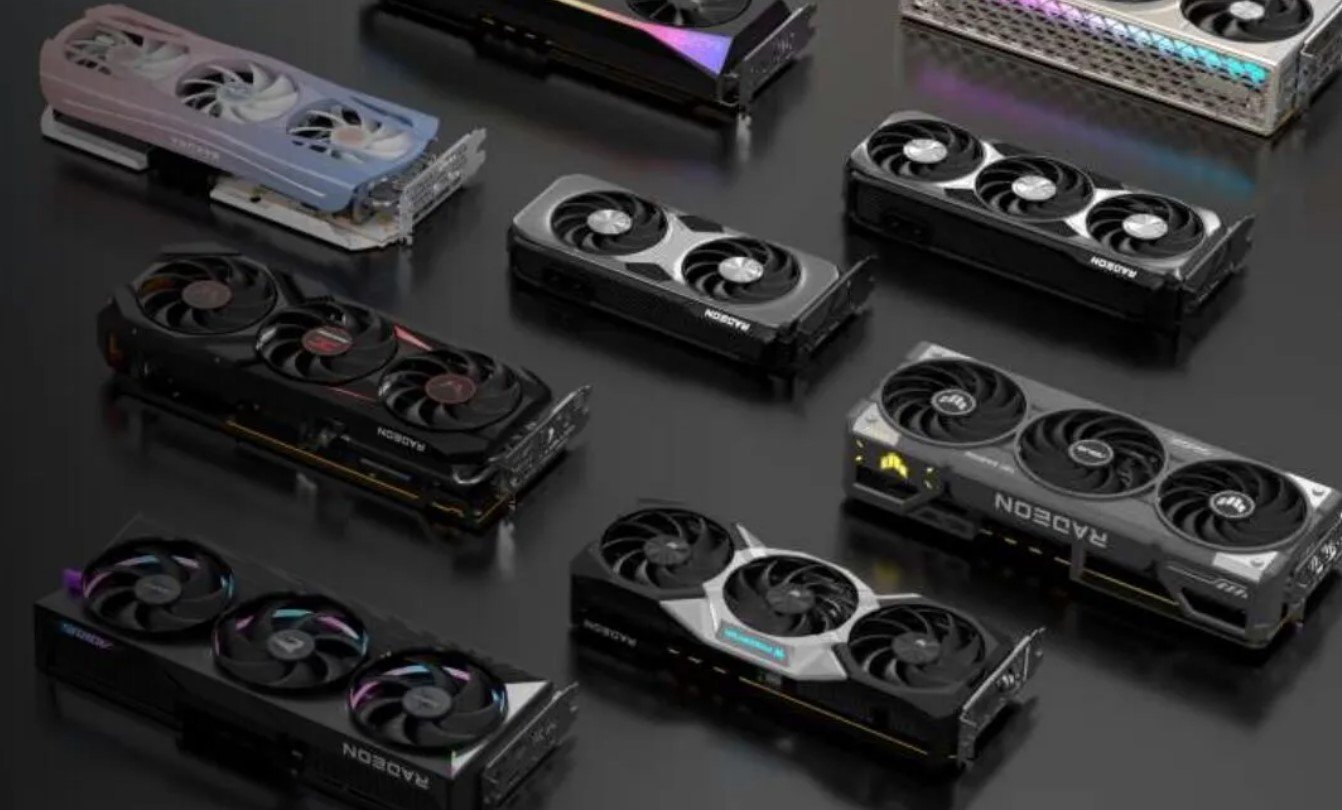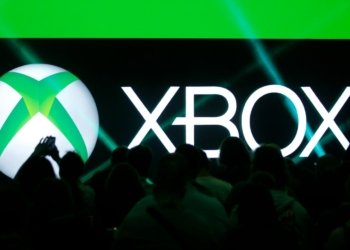Nvidia’s release of the RTX 5090 with a whopping 32GB of VRAM has put pressure on AMD to follow suit. Naturally, rumors began swirling about whether Team Red would match or exceed that memory capacity with its upcoming Radeon RX 9070. Enthusiasts imagined a potential “XTX” variant sporting 32GB, fueling a frenzy of speculation. But AMD had other plans—shutting it down in the funniest way possible.
AMD Claps Back With a 320GB “Leak”
The internet was buzzing with discussions about a supposed 32GB version of the Radeon RX 9070. The speculation had reached the point where some were convinced that AMD had an ace up its sleeve to rival Nvidia’s latest launch.
That’s when Frank Azor, AMD’s Consumer and Gaming Marketing lead (and Alienware co-founder), decided to put an end to the chatter. He responded to the ongoing rumors with a tweet that mocked the hype—claiming AMD would instead launch a 320GB version of the card.
It was a tongue-in-cheek way of saying: “Enough with the wild theories.” And yet, in classic internet fashion, some fans still entertained the idea for a second before realizing the joke.

No 32GB Variant? What It Means for AMD and Nvidia
For those holding out hope for a Radeon RX 9070 XTX with 32GB of VRAM, Azor’s response all but confirms it’s not happening. While AMD has yet to officially announce full specs, this response suggests that the RX 9070 will likely stay within a more traditional memory range.
On the Nvidia side, the situation is just as interesting. Reports suggest that Nvidia has quietly pushed back the release of its RTX 5070, allegedly due to “hardware issues.” However, the new launch date just so happens to fall the day before AMD’s planned RX 9070 reveal. Coincidence? Maybe. But it’s easy to wonder if Nvidia knows something about AMD’s upcoming card that the public doesn’t yet.
Does VRAM Even Matter at This Level?
While 32GB of VRAM sounds impressive on paper, the reality is that very few games or applications demand that much memory—even at ultra-high resolutions. Historically, most GPUs are not bottlenecked by VRAM, but rather by core performance, bandwidth, and efficiency.
That said, Nvidia’s choice to include 32GB on the RTX 5090 could be a forward-thinking move, ensuring longevity for future gaming and AI-driven applications. Meanwhile, AMD seems to be sticking to a more practical approach, potentially keeping costs lower without unnecessary overkill in the VRAM department.
One thing’s for sure: This back-and-forth between the two GPU giants is keeping fans entertained. Whether AMD has a surprise up its sleeve remains to be seen, but for now, the message is clear—no 32GB RX 9070, and definitely no 320GB version.
































